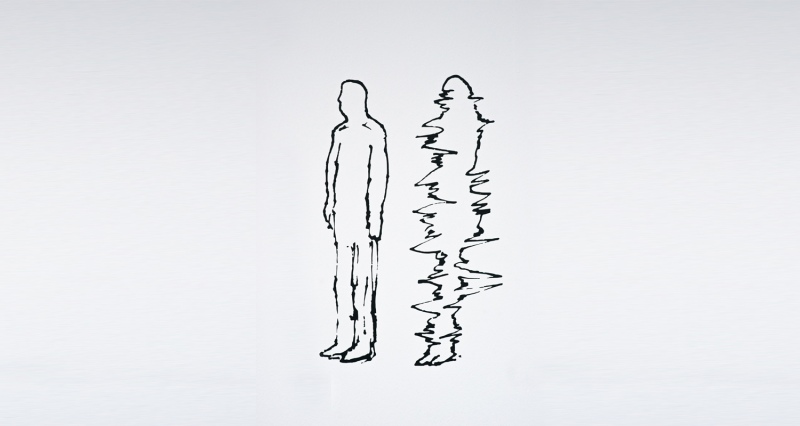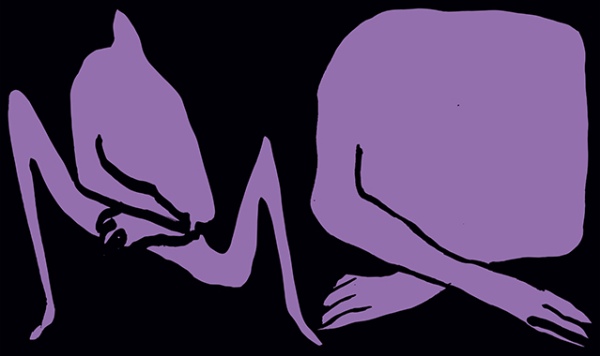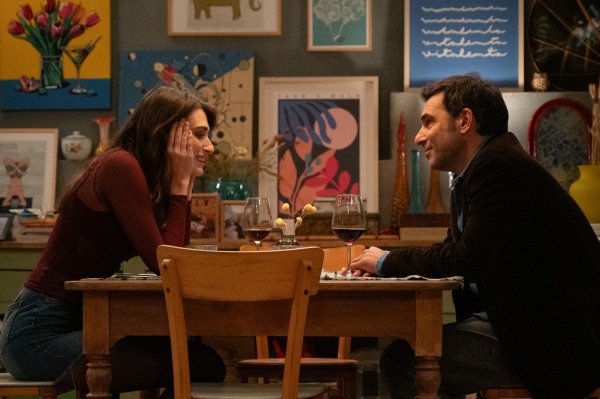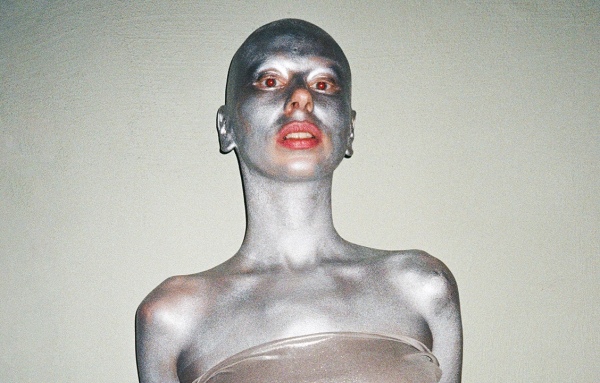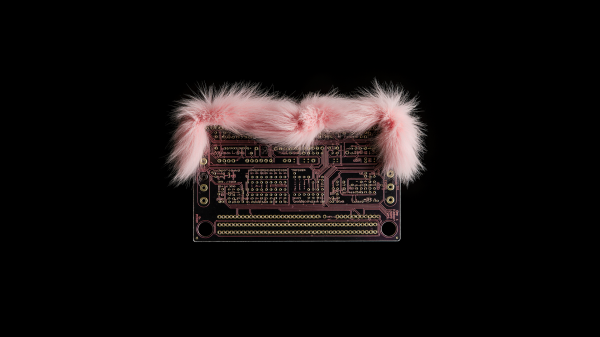01/12/2018
Waiting for Another Coming
Evening of events
-
Viktorija Rybakova
-
Geography of Senses
- Geography of Senses is an ongoing project focused on how we are constantly being shaped by desire. In many ways it is a project of an invisible language‘s translation, a formation of a new set of meanings and signs in order to trace emotional states and their complexity – gradually, like a gentle peeling of the ultrathin layers of skin. The nervous system of living beings and the energy flowing from the heart to the brain and beyond convey a message to the environment. The artist‘s intention is to collect an array of experiences that are linked to feelings and sensations. This project does not have any particular question to answer, it travels through the body like through a vast desert, not aiming towards any particular destination but observing the continuous change, transition and transformation in the seemingly definite composition of the human body.
-
-
Mateusz Kula
-
Spectral Capitalism and Tolkien‘s Right
- Mateusz Kula has developed a distinct and multi-layered research-based practice making enquiries from three clear positions. First, as a collector and archivist he gathers material and keeps it for later. Second, as an analyst, he passionately conducts research into different forms of imagination. His particularly focus is on the period of transformation that Poland witnessed in the 1990s, when socialist degradation rubbed shoulders with shoddy capitalist commodification blending with local traditions. And third, as an interpreter he reshapes his archive and collection of material into new imaginary and discursive constructions. In his lecture, the artist analyses how mythical and iconic fascistic figures confront theoretical figures of the new materialism and accelerationism, revealing the mechanism of this covert pact.
-
-
Bartosz Zaskórki
-
Mchy i porosty
- In his practice, Bartosz Zaskórski reprocesses reality and fabricates an alternative world. The intention is by no means to escape the former but rather to create a parallel and simultaneously displaced and slightly distorted realm where anything can happen. It includes the most weird, bizarre and fanciful of things and is predominantly constructed using a pen on paper or with harsh, post-industrial sound and occasionally video. The main point of reference for the artist and the fodder for his phantasmic productions is the cosmos of the artist‘s native village.
-
-
Jokūbas Čižikas
-
Technoshaman
- Russian cosmism – the first techno-religion – was a trailblazer for the introduction of Soviet-style communism in Lithuania. It appeared in the early 20th century, notably expressive both ideologically and aesthetically. Ordinary, everyday objects were presented as transcendental; inventions were illustrated with mechanisms that had nothing at all in common with them, and design was subjugated to the ’holy cosmic geometry‘, pervaded with spirituality. Everybody could develop an individidual, ’cosmic‘ relationship with everyday objects, using them as ritualistic props. In the Western world during the same period, the relationship between technology and ritual was based on techno-metaphysics and functioned mainly as a show, producing ephemeral effects. Scientology and similar institutions employed technology to suspend the topic in a state of waiting for faith and healing through enlightenment.
-
Today at U–jazdowski
